The Three Poisons: The roots of suffering in Buddhist thought
Buddhist philosophy offers a systematic framework for analyzing the origins of suffering, attributing its persistence to three fundamental mental afflictions commonly referred to as the Three Poisons (akusala-mūla in Sanskrit and Pāli). These defilements — greed (lobha), hatred (dosa), and delusion (moha) — are understood within the tradition as the core drivers of suffering (dukkha) and the dynamic forces that sustain the cycle of rebirth (samsāra). Rather than being regarded as metaphysical absolutes, the Three Poisons function as psychological and ethical categories used to explain recurring patterns in human thought and behavior. In this post, we examine their characteristics, their role in Buddhist cosmology and soteriology, and the conceptual tools developed to counteract them.

The Three Poisons depicted at the hub of bavacakra (Wheel of Life), from a thangka by ran Kumar lama. The Three Poisons are commonly symbolized by a pig (delusion), a snake (hatred), and a rooster (greed). Source: Wikimedia Commonsꜛ (license: CC BY-SA 4.0)
The nature of the Three Poisons
The doctrine of the Three Poisons occupies a pivotal place in Buddhist thought, forming the psychological and ethical foundation upon which much of the tradition’s analysis of suffering rests. Rather than proposing an external cause for the existential malaise of human life, Buddhism locates its origins in deeply embedded cognitive and emotional tendencies: greed (lobha), hatred (dosa), and delusion (moha). These are not understood as immutable faults but as modifiable conditions, integral to the causal nexus that sustains suffering. In the following section we examine each of the Three Poisons in detail, focusing on their psychological mechanisms, ethical implications, and soteriological significance within the broader framework of Buddhist thought.
Greed (lobha): The insatiable desire for more
Greed, or attachment (upādāna), refers to the craving (tanha) for pleasure, material possessions, power, or even spiritual attainments. It manifests as an obsessive longing for that which brings comfort and gratification, leading to clinging and possessiveness.
At its core, greed is rooted in an illusion of permanence — the mistaken belief that external objects, relationships, or achievements can provide lasting fulfillment. However, because in Buddhist thought all conditioned phenomena are impermanent (anicca), clinging to them inevitably leads to disappointment and suffering (dukkha). Greed drives individuals to act selfishly, often at the expense of others, fostering cycles of competition, exploitation, and dissatisfaction.
Buddhist teachings counteract greed through the cultivation of generosity (dāna) and contentment. By practicing renunciation and mindful detachment, one gradually weakens the grip of craving and develops an appreciation for impermanence. Meditation on impermanence and interdependence helps dissolve the illusion that happiness depends on external conditions, shifting the focus to inner peace and wisdom.
Hatred (dosa): The poison of aversion
Hatred, also translated as anger or aversion, is the emotional response of rejection, resentment, or hostility toward that which is perceived as unpleasant or threatening. It manifests in various forms, ranging from irritation and impatience to outright violence and cruelty.
In Buddhist thought, hatred arises when individuals encounter discomfort, obstacles, or anything that challenges their sense of self. It creates division, fuels conflicts, and fosters suffering both for oneself and others. Unlike greed, which is characterized by an excessive attachment to pleasurable experiences, hatred stems from an intense aversion to suffering and discomfort, seeking to push away or destroy that which is perceived as undesirable.
The antidote to hatred in Buddhism is the cultivation of loving-kindness (mettā) and compassion (karuṇā). Through practices such as mettā bhāvanā (loving-kindness meditation), individuals learn to develop goodwill toward all beings, including those they perceive as enemies. By understanding that all beings suffer and seek happiness, one dismantles the illusion of separation and hostility, replacing it with empathy and patience.
Delusion (moha): The root of ignorance
Delusion, or ignorance (Sanskrit: avidyā; Pāli: avijjā), is considered the most fundamental of the Three Poisons because it underlies and sustains both greed and hatred. It refers to a distorted perception of reality, particularly in relation to the nature of existence, suffering, and the self.
In Buddhist philosophy, delusion manifests as a failure to recognize the Three Marks of Existence — impermanence (anicca), suffering (dukkha), and non-self (anatta). This ignorance keeps beings trapped in the cycle of samsāra, reinforcing unwholesome habits and obstructing the path to wisdom.
The remedy for delusion is the development of wisdom (prajñā) through study, contemplation, and meditative insight (vipassanā). By engaging in deep reflection and cultivating mindfulness (sati), individuals gain direct knowledge of reality as it is, dispelling illusions and misconceptions. The Buddha emphasized the importance of Right View (sammā-diṭṭhi) as the foundation of the Noble Eightfold Path, guiding practitioners toward clarity and liberation.
The Three Poisons in the cycle of samsāra
The Three Poisons are not merely abstract concepts but are deeply ingrained psychological tendencies that shape human behavior. In Buddhist cosmology, they are depicted at the center of the Wheel of Life (bhavacakra), symbolizing their role in perpetuating the cycle of rebirth (saṃsāra) – or, as in my opinion, the cycle of conditioned existence and illusion, thus maintaining the cycle of suffering. In Buddhist iconography, the Three Poisons are often represented by a pig (delusion), a snake (hatred), and a rooster (greed), chasing each other’s tails in a circular motion, illustrating how these afflictions fuel one another in an endless loop of craving, aversion, and ignorance.
By maintaining this cycle, the Three Poisons ensure continued suffering and dissatisfaction. However, through the application of mindfulness, ethical conduct, and wisdom, practitioners are thought to gradually weaken and ultimately eradicate these defilements, breaking free from samsāra and attaining nirvāṇa.
Overcoming the Three Poisons: The path to liberation
Buddhist practice offers a systematic approach to overcoming the Three Poisons, centered on the cultivation of virtue, concentration, and wisdom.
- Ethical conduct (sīla): Practicing generosity, non-harming, and right speech helps counteract greed and hatred. Ethical discipline creates a foundation for a mind free from remorse and agitation.
- Meditative discipline (samādhi): Mindfulness and concentration calm the mind, allowing for deep insight into the workings of desire, aversion, and ignorance.
- Wisdom (prajñā): Insight into impermanence, suffering, and non-self dismantles the delusions that fuel the Three Poisons, leading to freedom from suffering.
By systematically cultivating these qualities, Buddhist traditions propose a progressive purification of the mind that contributes to a more compassionate and harmonious existence. The process of weakening and ultimately overcoming these mental afflictions is not presented as a sudden transformation but as a gradual path of ethical refinement and cognitive clarity.
Within the broader framework of Buddhist soteriology, the cessation of the Three Poisons marks not only personal liberation but a reorientation of perception itself. It represents a profound transformation in the way an individual perceives and interacts with the world. In Buddhist soteriology, liberation (nirvāṇa) is not merely the absence of suffering but a radical shift in consciousness. This shift involves moving from a mind dominated by craving, aversion, and ignorance to one characterized by equanimity (upekkhā), wisdom (prajñā), and compassion (karuṇā):
- Reorientation of perception:
When the Three Poisons are active, perception is distorted by self-centered tendencies. Greed leads to grasping at pleasurable experiences, hatred fosters rejection of discomfort, and delusion clouds the understanding of reality. This conditioned perception reinforces the illusion of a permanent self and perpetuates suffering. With their cessation, perception becomes unconditioned and unbiased. The practitioner sees reality as it truly is — impermanent (anicca), unsatisfactory (dukkha), and devoid of a fixed self (anatta). This clarity allows for a balanced and non-reactive engagement with life. - Equanimity and insight:
Equanimity (Pāli: upekkhā; Sanskrit: upekṣā) arises as the mind becomes free from the push and pull of attachment and aversion. This state is not indifference but a profound steadiness that enables one to face life’s challenges without being overwhelmed by emotional turbulence. Insight (vipassanā) deepens as delusion is dispelled. The practitioner gains a direct understanding of dependent origination (paṭicca-samuppāda), recognizing how mental afflictions arise and how they can be dismantled. - Ethical and relational transformation:
The cessation of the Three Poisons also transforms relationships with others. Without greed, there is generosity and selflessness. Without hatred, there is loving-kindness and patience. Without delusion, there is wisdom and understanding. This reorientation fosters harmony and compassion, benefiting both the individual and the broader community. - Liberation as a dynamic state:
Liberation is not a static condition but an ongoing process of living with awareness and freedom. The reorientation of perception allows one to navigate the world without being ensnared by its transient and conditioned nature. This freedom is the hallmark of nirvāṇa, where the mind is no longer bound by the cycles of craving and aversion.
Thus, in Buddhist thought, the cessation of the Three Poisons signifies a complete transformation of the mind and heart. It is not just the removal of negative tendencies but the cultivation of a new way of being — one that is grounded in wisdom, compassion, and equanimity. This reorientation of perception is central to the Buddhist path, as it enables the practitioner to transcend suffering and live in alignment with the ultimate truth of reality.
Conclusion
The doctrine of the Three Poisons offers a central explanatory framework in Buddhist thought for understanding the persistence of suffering (dukkha) and the perpetuation of cyclic existence (samsāra). Rather than attributing suffering to external forces, it identifies internal tendencies — greed (lobha), hatred (dosa), and delusion (moha) — as the primary causes. These afflictions are both individually experienced and cosmologically depicted, reinforcing the cyclical nature of rebirth and dissatisfaction.
The tradition identifies each of the Three Poisons in terms of their psychological function, ethical consequences, and soteriological relevance. It further explored how Buddhist practices — especially generosity, loving-kindness, and insight meditation — are designed to counteract and ultimately transcend these tendencies. This gradual transformation culminates in a profound reorientation of perception and behavior, leading to liberation (nirvāṇa).
In contrast to many strands of Western philosophy and theology, which often emphasize sin and guilt or the will of a divine creator as the roots of human suffering, Buddhist thought locates the source of suffering within mutable psychological and ethical tendencies. The Three Poisons are not inherited guilt or cosmic punishments but habits of mind that can be observed, understood, and ultimately dismantled. This focus on internal transformation sets Buddhism apart by rejecting both fatalism and the need for external salvation.
Furthermore, while Western traditions often separate ethical conduct from spiritual insight, Buddhism sees the two as deeply interconnected. The transformation of perception and behavior through the weakening of the Three Poisons illustrates this integration. Liberation is achieved not through belief or divine grace, but through cultivated awareness, ethical refinement, and experiential insight. This practical, introspective path highlights a distinctive feature of Buddhist soteriology: The reorientation of perception is not merely therapeutic but existential, offering a way to see and live in the world that transcends suffering entirely.
References and further reading
- Oliver Freiberger, Christoph Kleine, Buddhismus - Handbuch und kritische Einführung, 2011, Vandenhoeck & Ruprecht, ISBN: 9783525500040
- Rupert Gethin, The Foundations Of Buddhism, 1998, Oxford University Press, ISBN: 9780192892232
- Oliver Bottini, Das grosse O.W. Barth-Buch des Buddhismus, 2004, Ebner & Spiegel GmbH, ISBN: 9783502611264
- Richard Francis Gombrich, How Buddhism began – The conditioned genesis of the early teachings, 2006, Taylor & Francis, ISBN: 9780415371230
- Sebastian Gäb, Die Philosophie des Buddha - Eine Einführung, 2024, UTB, ISBN: 9783825262013
- Erich Frauwallner, Die Philosophie des Buddhismus, 2009, De Gruyter Akademie Forschung, ISBN: 978-3050045313
- Mark Siderits, Buddhism As Philosophy - An Introduction, 2007, Ashgate Publishing, Ltd., ISBN: 9780754653691
- Richard Francis Gombrich, What the Buddha thought, 2009, Equinox Publishing (UK), ISBN: 9781845536121
- Walpola Rāhula, What the Buddha taught, 1974, Grove Press, ISBN: 9780802130310
- Jr. Buswell, Robert E., Jr. Lopez, Donald S., Juhn Ahn, J. Wayne Bass, William Chu, The Princeton dictionary of Buddhism, 2014, Princeton University Press, ISBN: 978-0-691-15786-3

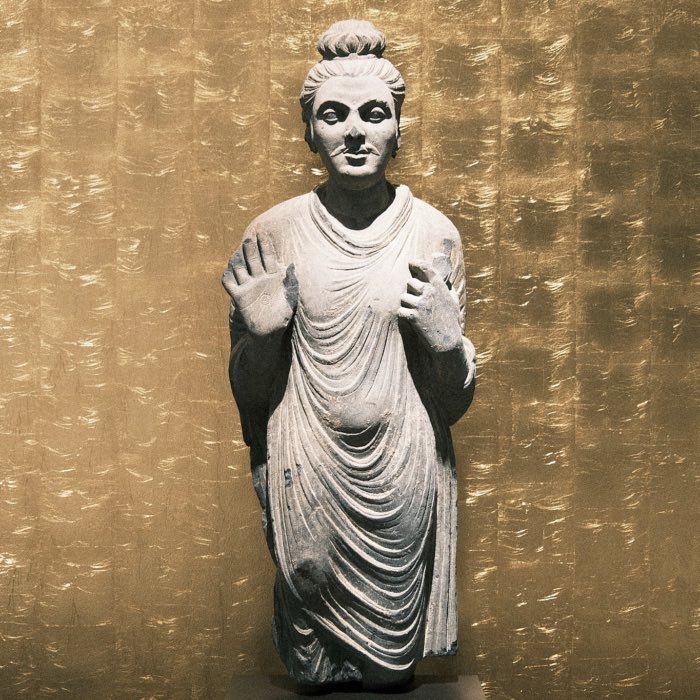

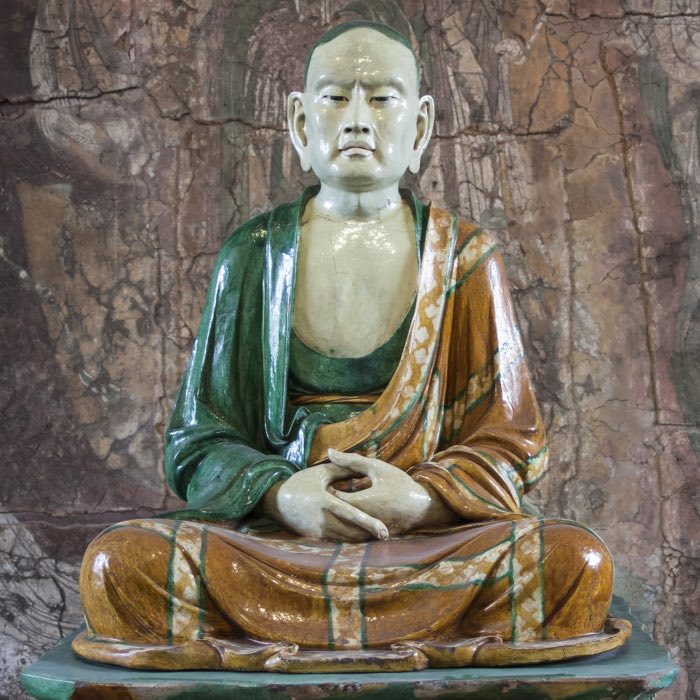




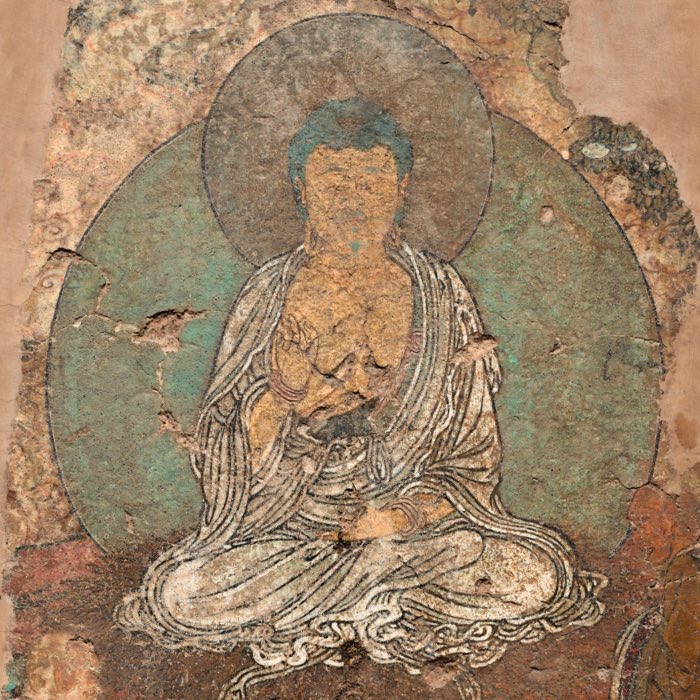
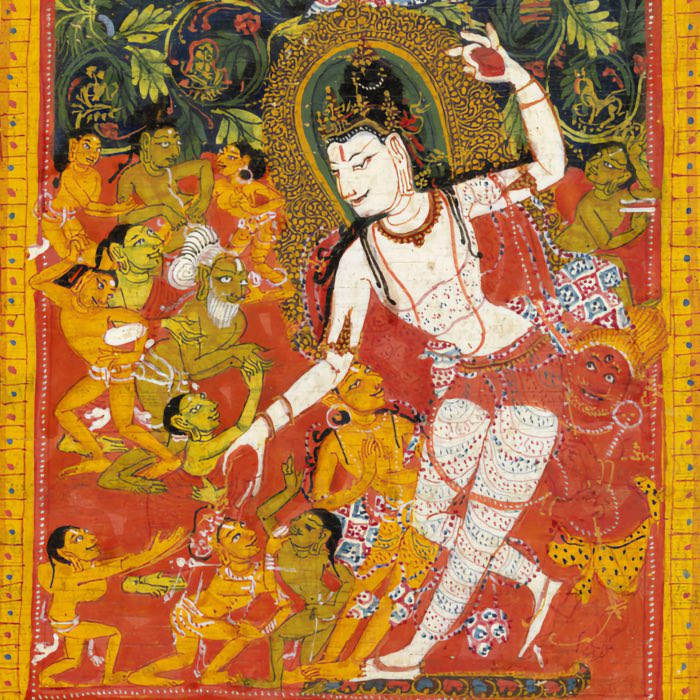
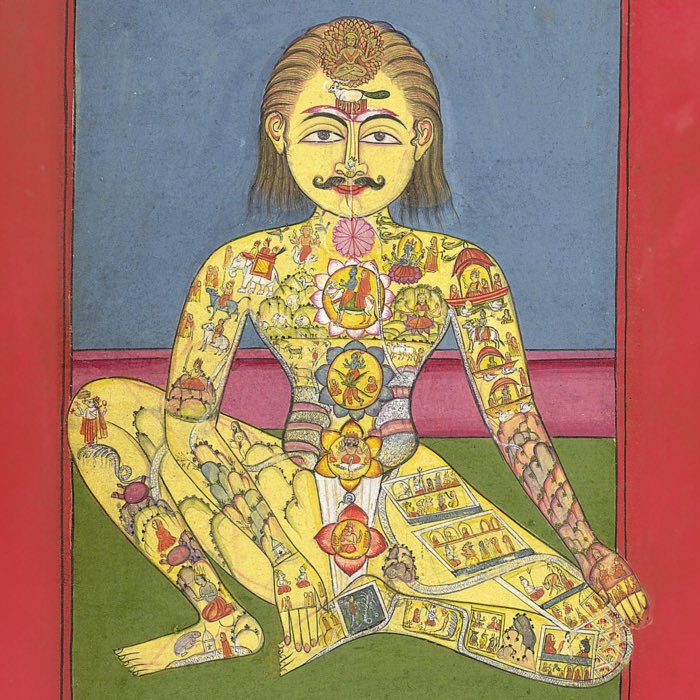


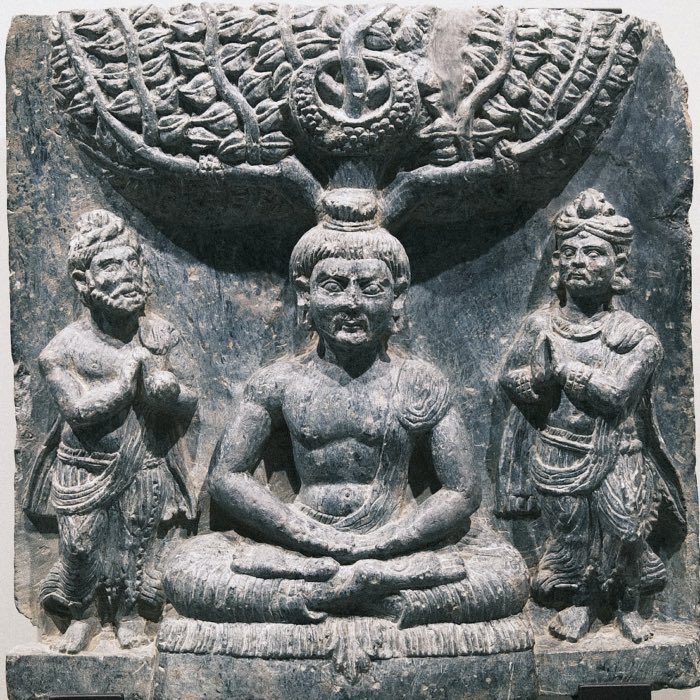
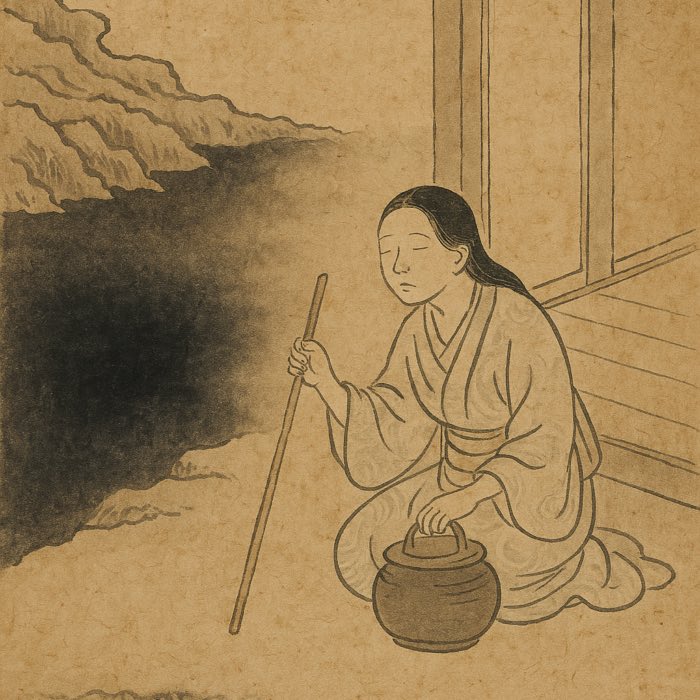
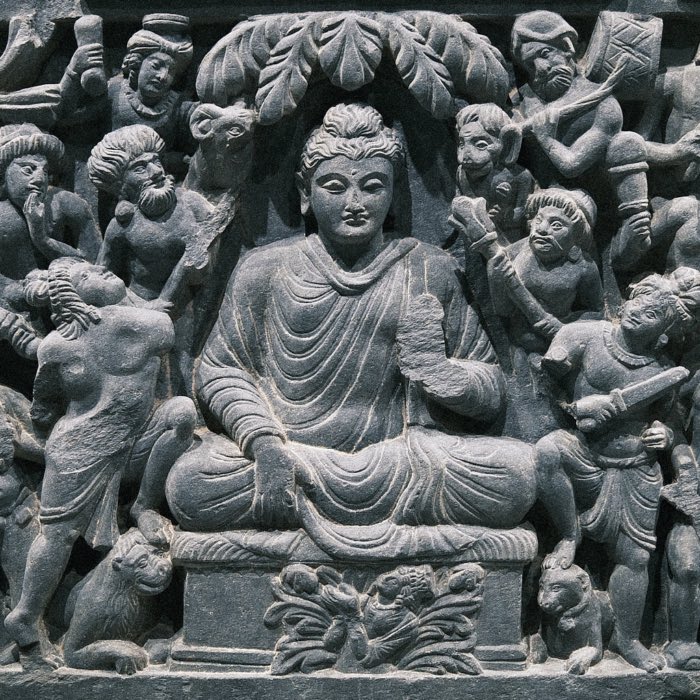
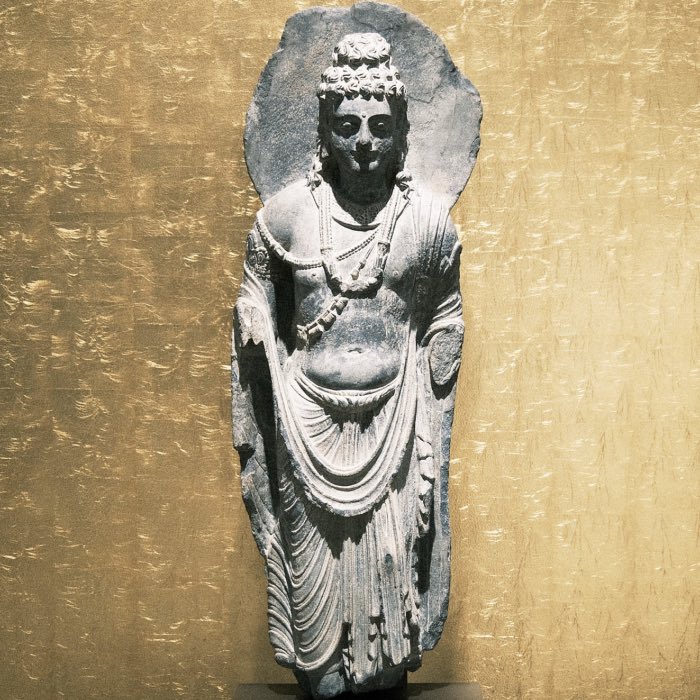
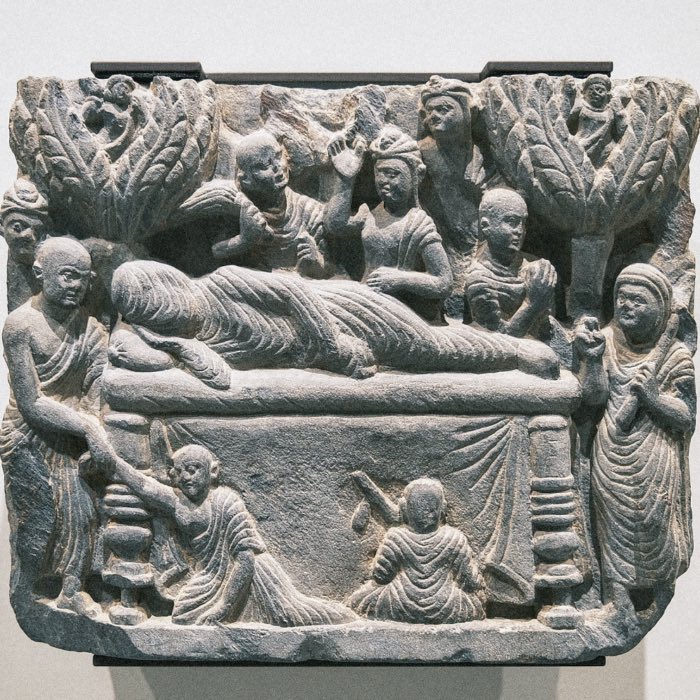
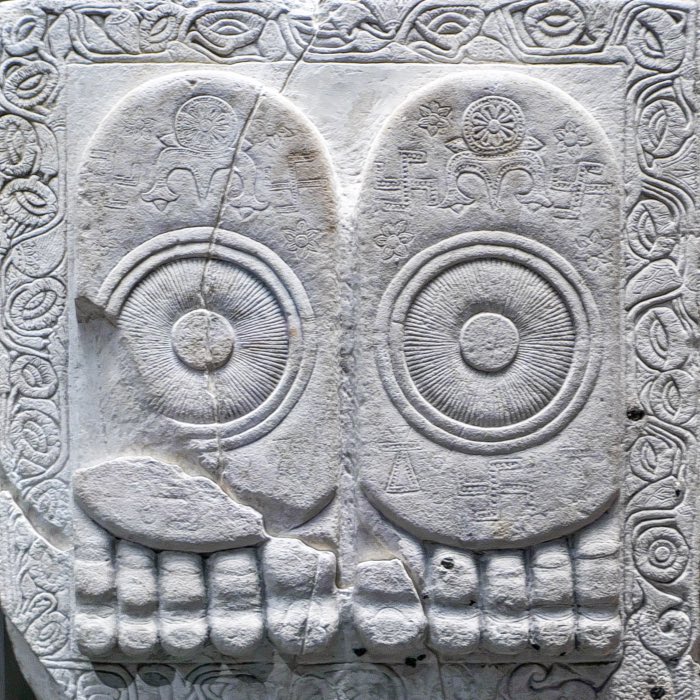
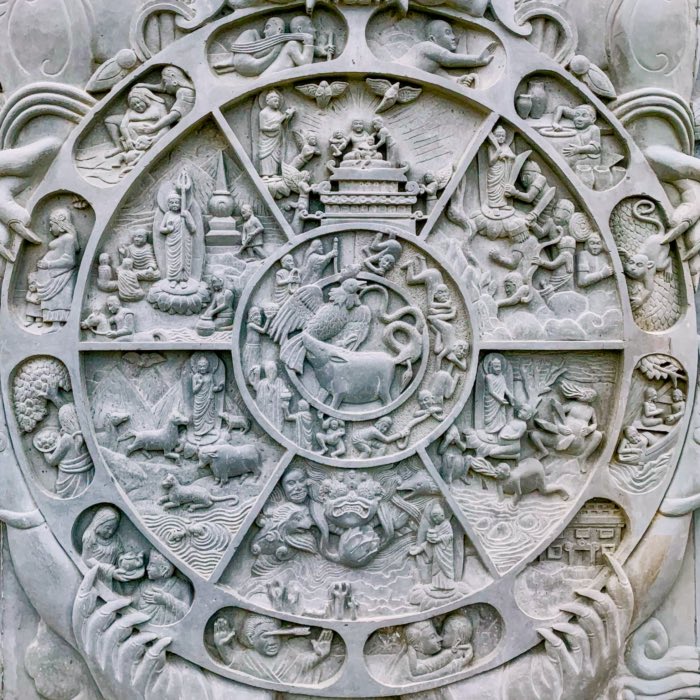

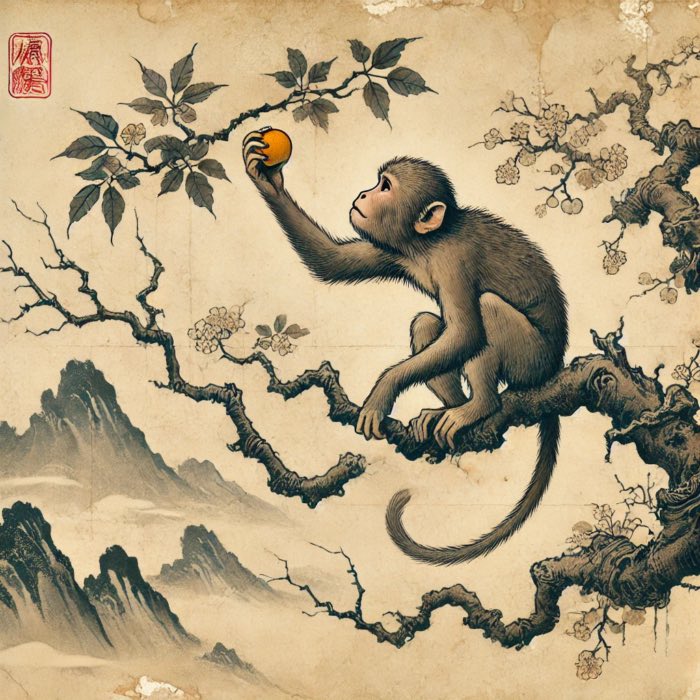
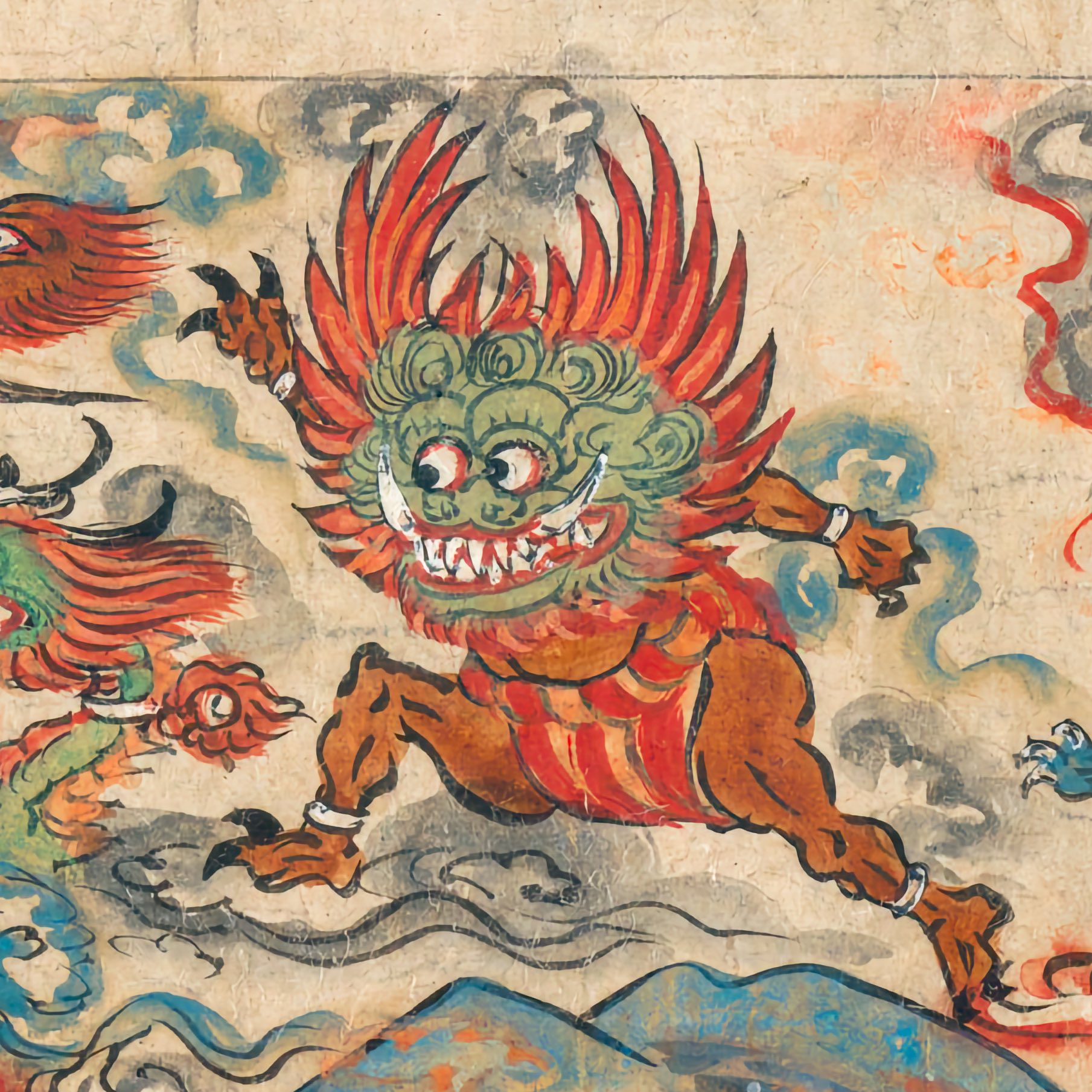

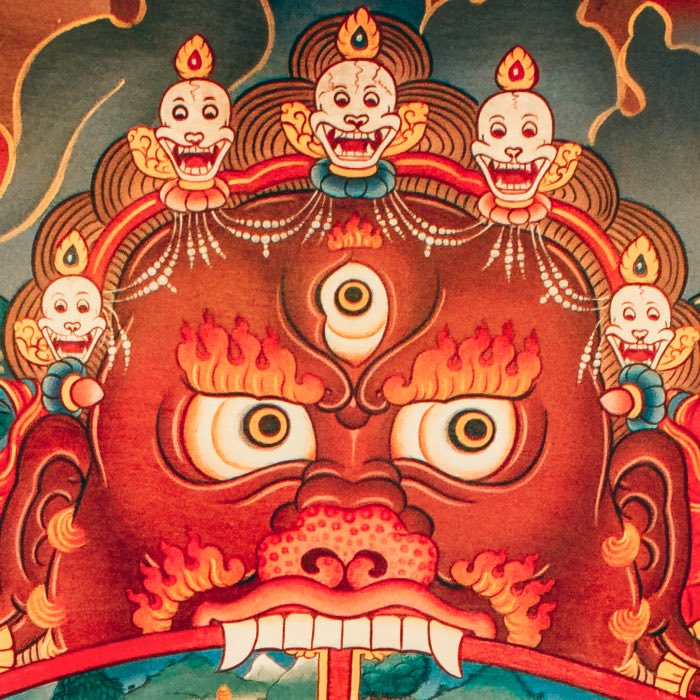


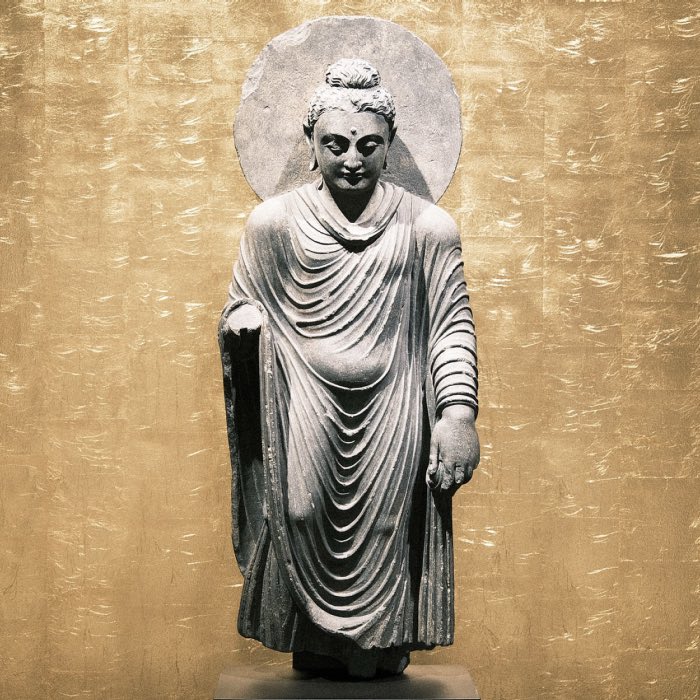
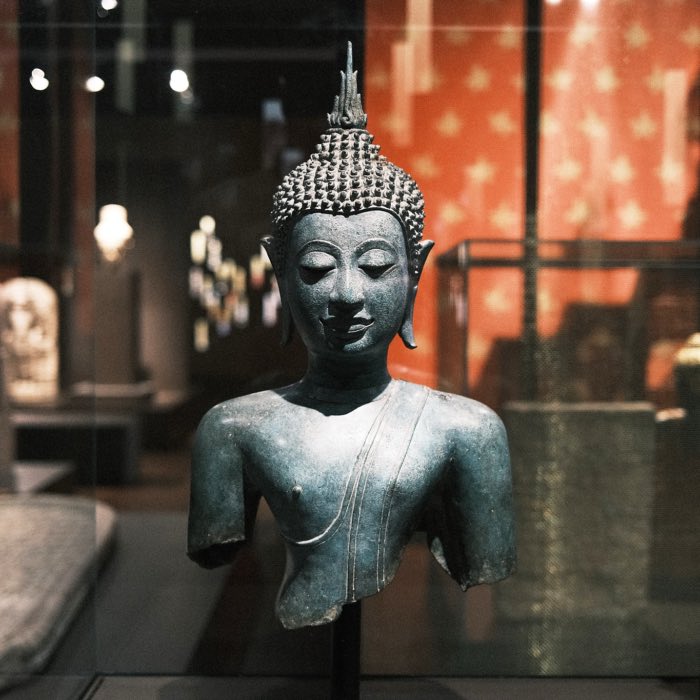









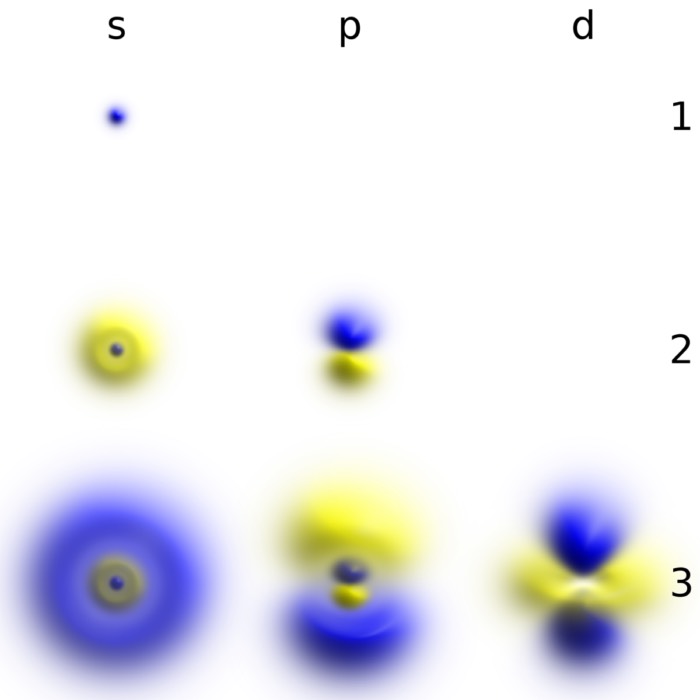
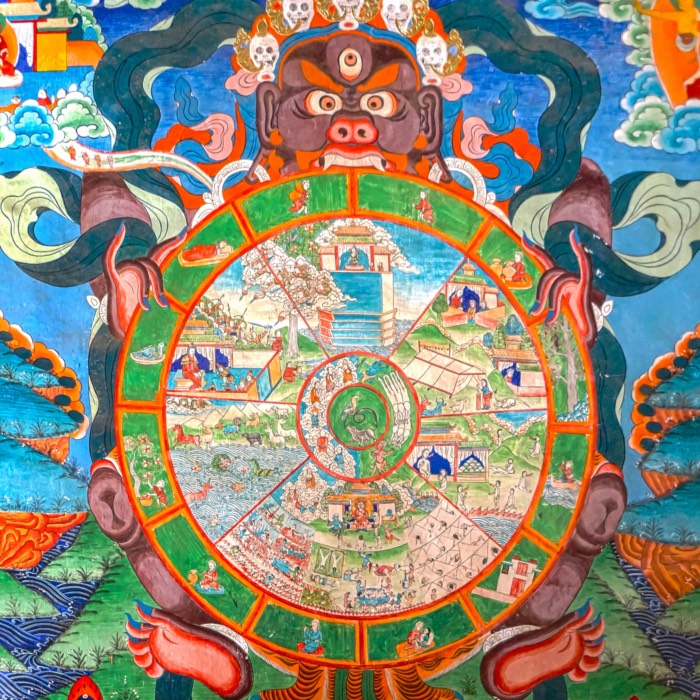
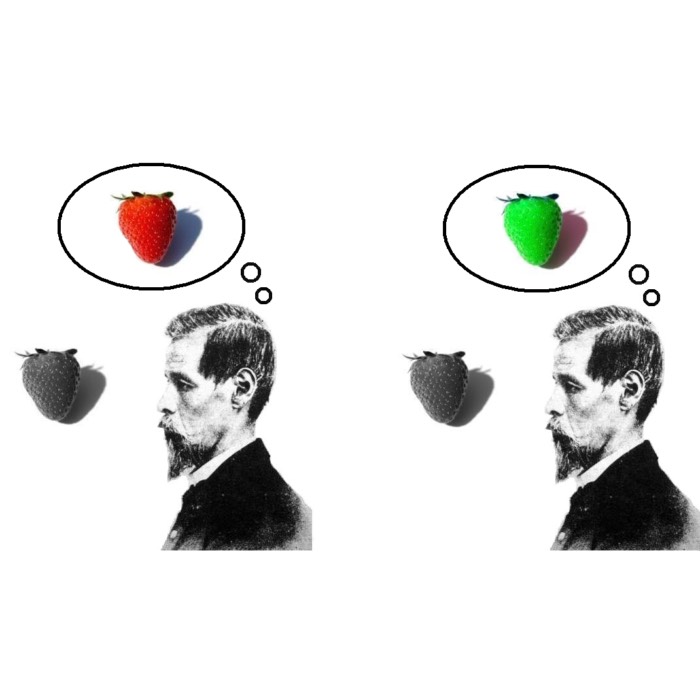
comments